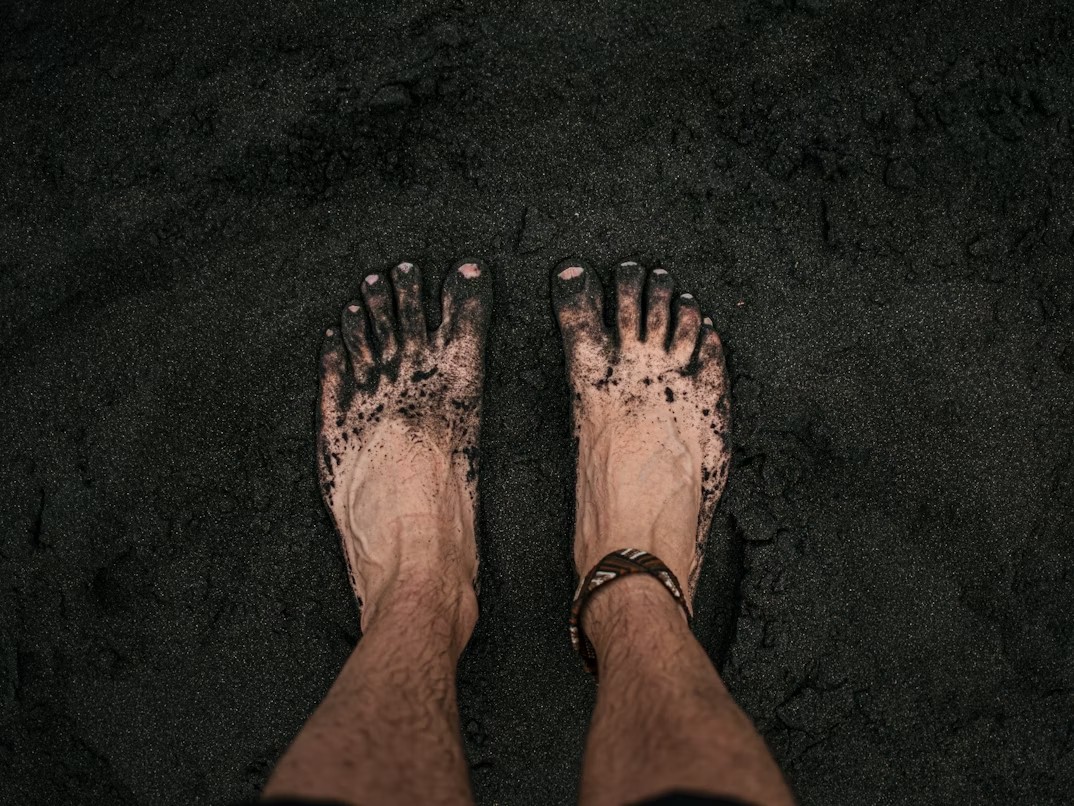Kushti is mud, sweat, and tradition. It is not just a sport but an ancient Indian type of wrestling. It is a lifestyle; it is a physical and spiritual training. The wrestlers, called pehlwans, devote their lives to this practice. It leads them back to centuries of culture. This paper will discuss the peculiar world of this sport.
Origins of Kushti Wrestling
Kushti has origins in the Malla-yuddha, an ancient Indian form of combat. It was a valued feature of warrior culture. Modern Kushti began during the Mughal period. The art form that we have today was a result of the Persian and local styles that merged. It turned into an organized competitive sport. Pehlwans were rigorously trained by a guru.
Royal patronage made the sport prosper. Akharas, or training schools, were backed by rulers. They were not only gyms but also community centers. A pehlwan was associated with his akhara and guru. The popularity of traditional sports has declined, but it is slowly gaining interest once again through websites and applications that follow niche sports like Melbet India. Kushti is adapting to the digital age without losing its core identity.
The Life of a Pehlwan
The life of the pehlwan is a life of stern discipline. They train and live in akharas. They organize their days according to the training, diet, and rest. This is a physical and mental hardening regime. They have a simple life and are not distracted.
Their life is hard:
- Early morning practice: a strenuous routine of drills and sparring.
- Special diet: high-protein diet of milk, almonds, and ghee.
- Communal living: eating and living with other wrestlers.
This commitment forms a strong connection among pehlwans. Akhara is their family. Their devotion is witnessed by their lives.
Ceremonies and Symbolism in Kushti
Kushti is vastly ritualistic. Everything that is done has a purpose. Such traditions bring pehlwans close to the past. The ceremonies are one of the primary characteristics of the sport. They emphasize respect, discipline, and spirituality. Contemporary pehlwans realize that they should reach new generations, many of whom are fans of sport via such devices as mobile Melbet. This combination of old and new helps the sport remain popular.
Rituals Before Entering the Akhara
Pehlwans make some rituals before entering the mat. They worship Hanuman, the Hindu god of power. Their heads are covered with a little mud from the pit. This is an indication of modesty and reverence for the holy land. The action purifies the body and the mind. It makes them ready to go into the physical and spiritual warfare.
This is not all superstition. It is a thought workout. The pehlwan concentrates his energy. They clean their minds of externalities. The rituals assist them in attaining a state of preparedness. It is an important aspect of their training.

Sacred Meaning of the Mud Pit
The akhara (mud pit) is the center of Kushti. It is not only a wrestling ground. The Earth is special. It is mixed with ghee, milk, and other natural substances, like turmeric and red ochre, to make it soft and holy. The earth is an embodiment of Mother Earth. Wrestlers practice with bare feet, and they have a direct connection to the mat.
The earth is also said to be healing. It also prevents skin infections. Wrestling in it cleans the body itself. The pehlwans have an indissoluble connection with the akhara. It is a strong representation of their loyalty.
Role of the Guru in Kushti
The spiritual and physical instructor in Kushti is the guru. This is the most essential role in a wrestler’s life. They are a father and an instructor. They teach wrestling and life. Furthermore, they are the mentors of the character of a pehlwan. The connection is created with strong respect and trust. It is an indissoluble tie.
The guru is not limited to the akhara. They control the everyday life of their students. They monitor their eating habits, exercise, and spiritual development. Wisdom of the guru is handed over through generations. This guarantees the traditions of the sport. It is a system that has existed for several centuries.
Decline and Revival Efforts
Kushti is a sport struggling with contemporary problems. Although it is still popular in certain rural regions, there is a decline in interest in the traditional sports. The youths are attracted to other activities. The MMA and Olympic wrestling are also the new sources of talent, and the old historic akharas are finding it difficult to exist. But there is a revival in progress. There is government support and individual support. Contemporary Kushti schools are being established, combining ancient methods with modern science. It aims to save this cultural treasure. This is an attempt to preserve the art form as well as to prepare Indian wrestlers for international events.
